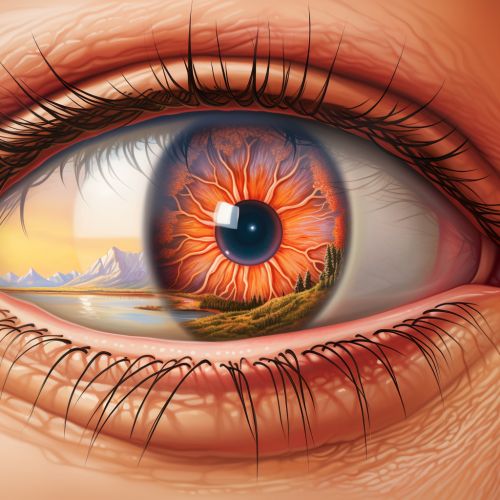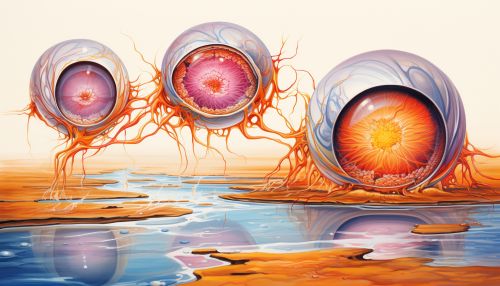Visual System
Anatomy of the Visual System
The visual system is a complex network of structures and processes that enables the perception of visual stimuli. It includes the eyes, the optic nerves, the optic chiasm, the optic tracts, the lateral geniculate nucleus, the optic radiations, and the visual cortex. Each of these components plays a crucial role in the processing and interpretation of visual information.
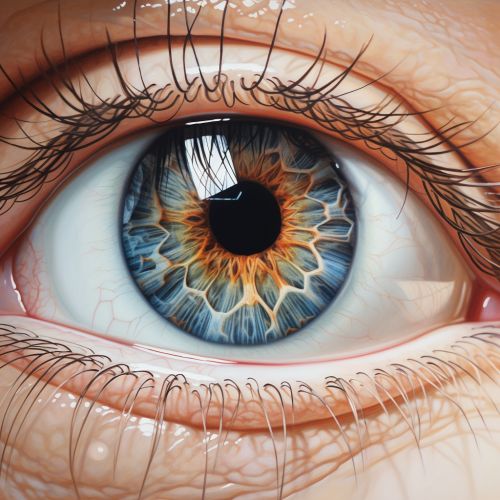
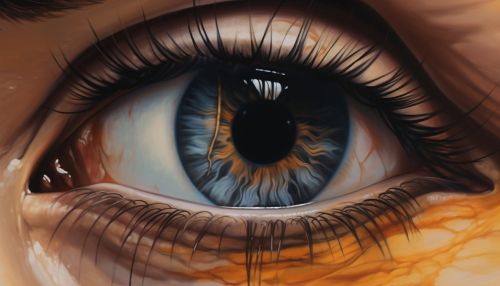
Eyes
The eyes are the primary sensory organs of the visual system. They contain several structures that work together to capture and focus light onto the retina, where it is converted into electrical signals.
Structure of the Eye
The eye is a spherical organ composed of three layers: the sclera, the choroid, and the retina. The sclera, or the white of the eye, is the outermost layer and provides protection and structure. The choroid is the middle layer and contains blood vessels that nourish the eye. The retina, the innermost layer, contains photoreceptor cells that convert light into electrical signals.
Optic Nerves
The optic nerves are the second major component of the visual system. They are responsible for transmitting the electrical signals from the retina to the brain for processing.
Function of the Optic Nerves
Each optic nerve is composed of approximately one million nerve fibers that carry visual information from the retina to the brain. The optic nerves cross at a point called the optic chiasm, where information from the right visual field of both eyes is sent to the left hemisphere of the brain, and information from the left visual field of both eyes is sent to the right hemisphere.
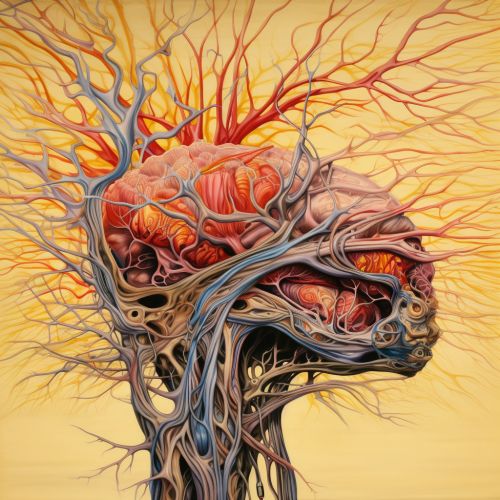
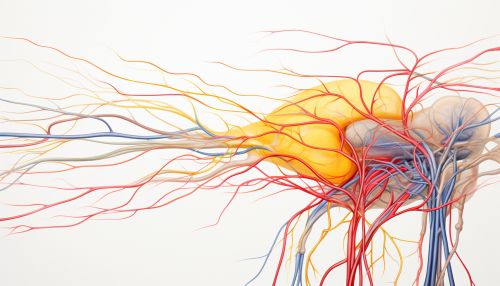
Visual Cortex
The visual cortex is the part of the brain where visual information is processed and interpreted. It is located in the occipital lobe, at the back of the brain.
Function of the Visual Cortex
The visual cortex receives and processes visual information from the eyes. It is responsible for interpreting color, shape, motion, and depth, and for creating a coherent visual perception of the world.
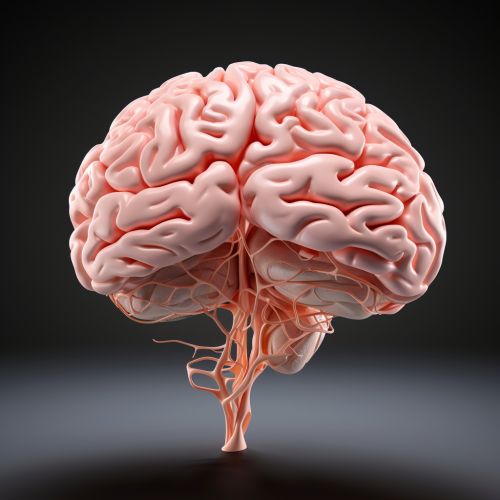
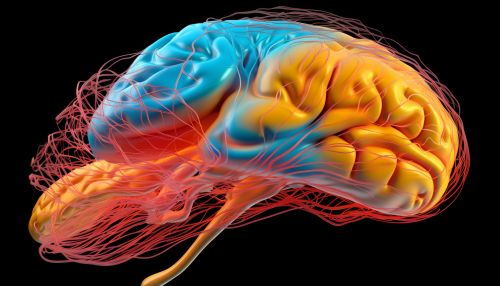
Physiology of the Visual System
The physiology of the visual system involves the conversion of light into electrical signals, the transmission of these signals to the brain, and the interpretation of these signals to produce visual perception.
Phototransduction
Phototransduction is the process by which light is converted into electrical signals in the retina. This process begins when light enters the eye and strikes the photoreceptor cells in the retina.
Visual Pathways
The visual pathways are the routes that the electrical signals take from the retina to the visual cortex. These pathways involve several structures, including the optic nerves, the optic chiasm, the optic tracts, and the lateral geniculate nucleus.
Visual Perception
Visual perception is the process by which the brain interprets the electrical signals from the retina to create a coherent and meaningful interpretation of the visual world.
Clinical Significance
The visual system is susceptible to a variety of disorders and diseases, including glaucoma, macular degeneration, and retinitis pigmentosa. These conditions can lead to vision loss and blindness if not properly managed.
